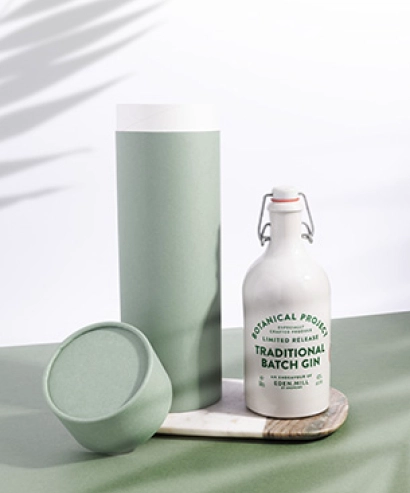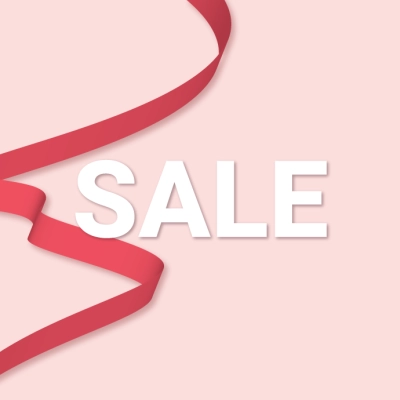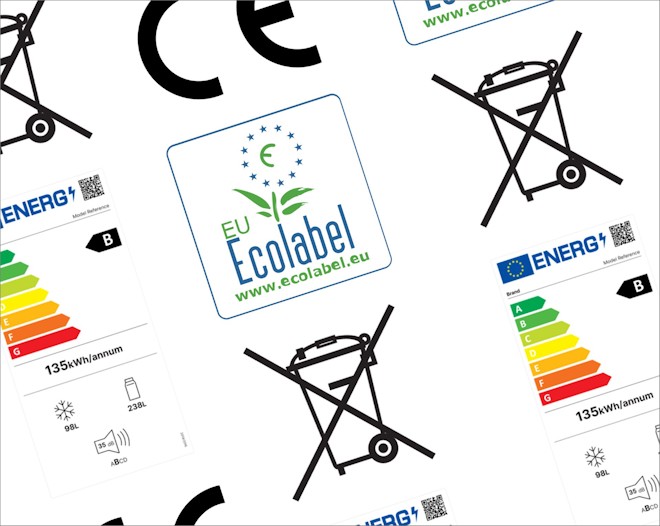In a world increasingly conscious of environmental responsibility, businesses of all sizes need to consistently ensure they are complying with various regulations and standards. There is an array of legislation to be aware of for marking, labelling, and packaging products in the European Union (EU) - here are some of the key packaging marks to know about:
CE mark
The CE mark on a product means it meets all EU regulatory requirements (typically related to safety, health, energy efficiency, or environmental concerns) for marketing it in the European Economic Area. It’s also an indicator of a product’s compliance with EU legislation, and allows the free movement of products within the European market. The CE marking is mandatory for products that are covered by the scope of one or more of the New Approach Directives, even if they were manufactured outside the EEA. View the European Commission New Approach Directives guidance here.
(source: CE marking)
Cosmetics
Regulation (EC) N° 1223/2009 on cosmetic products is the main regulatory framework for finished cosmetic products placed on the EU market, replacing Directive 76/768/EC. Under the regulation, you’re required to provide the following information on the label or packaging: company name and address, ingredients list, nominal net, safety warnings, a ‘date of minimum durability’ (best before) or a ‘period after opening’, what the product is, a reference/batch number, and country of origin (if imported into the EU).
(source: Understanding the Label)
Food and beverages
If you sell food or beverages in the EU, there’s information you must provide for the consumer to make an informed decision on their purchase. This information must be accurate, easy to see and understand, not misleading, and indelible. Mandatory information for prepackaged food includes the name of the food, ingredient list, allergen information, quantity of certain ingredients, date marking (best before/use by), country of origin, name and address of the food business operator established in the EU or importer, net quantity, any special storage conditions and/or conditions of use, instructions for use if needed, alcohol level for beverages (if higher than 1.2%), and nutrition declaration. The ingredients must be in descending order of weight, and designated by their legal name. You must also mention the percentage quantity of any ingredients that: appear in the name of the product, are emphasised on the labelling in words, pictures or graphics, and are essential to characterise the food and to distinguish it from other foods. Any allergens must also be emphasised.
(source: Food labelling rules)
Energy labels
In the EU, energy labels rank appliances on a scale from A to G according to how much energy they consume. These help consumers save money by choosing products that consume less energy, and can encourage companies to design products that consume less energy. Class A (green) appliances consume the least energy, and class G (red) appliances consume the most. EU rules on energy labelling also apply to some ‘energy‑related products', like goods or systems with an impact on energy consumption during use. The rules do not apply to second-hand products or to the transport of goods.
(source: Energy label)
Textiles
Textile products may only be placed on the EU market if they are labelled, marked or accompanied by commercial documents in compliance with Regulation (EU) 1007/2011. All textile products must carry a durable, legible, visible and accessible fibre content label, either on the product or its packaging. For finished textile products made from two or more fibres, the fibre contents should be itemised and followed by their percentage of the product. For products with two or more distinct textile components, labelling should be separate for each component.
(source: Textile Fibre Content Labelling Regulations for the EU Market)
WEEE label
The WEEE (Waste Electrical and Electronic Equipment Directive) is designed to tackle waste of electrical and electronic equipment. The symbol, a crossed-out wheelie bin, indicates that the product should not be discarded with normal household waste. It should be displayed on the packaging in instances where it can’t be on the equipment itself.
(source: WEEE label)
Footwear
If you sell shoes or other footwear in one or more EU countries, your products must comply with EU labelling requirements. As a manufacturer, you are responsible for supplying the label and ensuring its accuracy. If the footwear is imported, the organisation that first places it on the EU market assumes this responsibility.
(source: Footwear Label)
The Green Dot
The Green Dot is a symbol used on packaging in some European markets to show a fee has been paid to fund the recycling of that packaging when it becomes waste. Participating bodies coordinate the collection, sorting, and recovery of used packaging. The umbrella organisation, Pro Europe, is responsible for managing the Green Dot labelling system in Europe.
(source: The Green Dot Financing Symbol)
Ecolabel
The EU Ecolabel or 'Flower logo' is the official mark in the EU for products with the lowest environmental impact in a product range. Its aim is to promote, as well as to help consumers identify products that contribute significantly to improvements to key environmental aspects. Participation in the scheme is voluntary, however, over 37,000 products sold on the EU market have the label.
(source: EU Ecolabel)
Other marks
Depending on the product category, there are various other packaging marks required or recommended. Examples include hazard symbols for chemicals or electronics and e-marking for batteries.
Packaging in the EU
Packaging marketed in the EU must comply with general requirements that aim to protect the environment, as well as prevent any risk to the health of consumers. All packaging must comply with the essential requirements on the composition and the heavy metals limits specified in Directive 94/62/EC. The essential requirements in Annex II to the Directive relate to:
- Waste reduction by minimising the weight and/or volume of packaging
- Minimising the presence of substances considered to be noxious or hazardous
- Nature and conditions for packaging to be reused
- Recovery of packaging by material recycling and/or composting and/or energy recovery
Packaging must have the appropriate marking on the packaging itself or on a label, in particular, the nature of the packaging materials used must be indicated.
(source: Labelling and packaging)
For more information on packaging legislation in the UK and EU, click here.
EU packaging marks
For businesses operating in the EU, compliance with packaging regulations and labelling is crucial. An audit of your packaging materials can help identify areas for improvement. This includes assessing recyclability, reducing material use, and identifying non-compliant packaging marks. By understanding key packaging marks, adhering to compliance schemes, and investing in sustainable packaging, you can ensure you meet EU standards while contributing to a greener future!





































